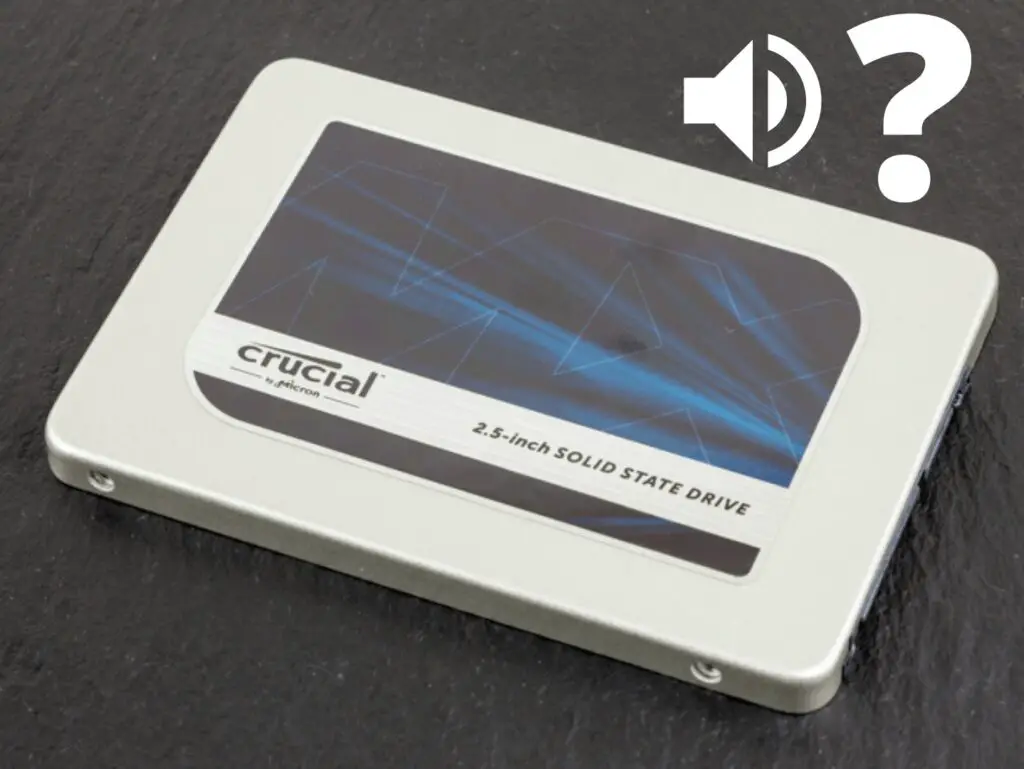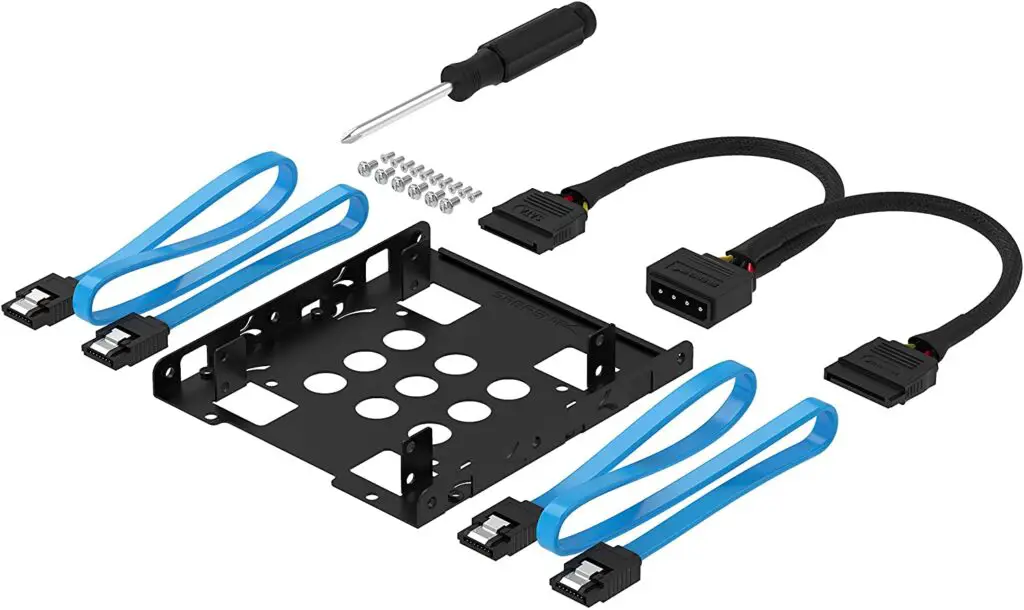As a proud user of Vivint home security, I can’t help but share my experience with this innovative solution that keeps my home safe and well-managed.
Vivint offers a whole suite of products including a security system, smart home devices, and home automation features, which all work together seamlessly to protect and simplify our day-to-day lives.
Table of Contents

When I first started using my Vivint system, I learned that it was easy to control everything from their user-friendly app.
With just a few taps, I can check the status of my security system, watch live video from my cameras, and control automation devices like smart locks and thermostats.
The peace of mind that comes with knowing my home is secure and always within reach, no matter where I am, is priceless.
In the course of using my Vivint home security system, I’ve picked up a few tips and tricks that I’d like to share.
Whether you’re a new user, considering Vivint as a home security solution, or just looking to learn more about this smart system, I hope my insights can be helpful!
Getting Started with Vivint Home Security
Choosing the Right Package
When I decided to invest in a Vivint home security system, I realized that it’s important to choose the right package for my needs. Vivint offers three main packages: Smart Security, Smart Home, and Smart Complete.
The Smart Security plan starts at $29.99 per month and covers basic home security monitoring. With this plan, I can access the Vivint mobile app, but I cannot connect any home automation devices or security cameras.
The Smart Home package offers home automation access and support, at a starting cost of $39.99 per month. This plan includes connectivity with devices like smart locks and Nest thermostats, making my home smarter and safer.
Lastly, the Smart Complete plan, at $49.99 per month, provides video surveillance through the Vivint Outdoor Camera Pro and additional smart home features.
The Installation Process
Getting my Vivint home security system professionally installed was a breeze. The installation fee usually ranges around $100, but sometimes, Vivint offers promotions or discounts on their installation fees.
I managed to get my installation cost waived by catching such a deal!
After setting an appointment, the Vivint team arrived at my home to assess the property, install the equipment, and give me a thorough walkthrough of how to use the system.
The smooth and professional installation process allowed me to trust in Vivint’s expertise.
Understanding Your Contract and Pricing
Before committing to a Vivint smart home security system, I wanted to understand the contract and pricing. Vivint offers different contract lengths, from month-to-month to 60-month contracts.
Longer contracts can reduce the overall cost, but it’s essential to be aware of the commitment.
Furthermore, the monthly monitoring cost depends on the chosen package, equipment add-ons, and whether I chose to finance the equipment.
Financing the equipment can increase the monthly cost, but it reduces the upfront expenses for me.
By considering the right package, professional installation, and understanding the contract and pricing, I was able to set up a Vivint home security system that best fit my lifestyle and provides peace of mind in a friendly and efficient manner.
Navigating the Vivint Smart Home Ecosystem
Vivint Smart Hub and App Essentials
When I first started using my Vivint home security system, I couldn’t help but appreciate the simplicity and user-friendly design of the Vivint Smart Hub and the accompanying Vivint app.
They have collectively made it much easier to manage all my home security devices from one place. Whether I want to arm or disarm my system, view camera feeds, or control smart locks, the central app has got me covered.
One feature from the Vivint app that I find particularly helpful is its ability to send real-time notifications whenever there is a security alert.
This allows me to take immediate action, such as contacting authorities or remotely locking doors if necessary.
To get the most out of my Vivint Home Security system, I made sure that my devices are all compatible with Z-Wave technology.
This provides seamless connectivity among all my security and automation devices, making management and integration a breeze through the Vivint Smart Hub.
Advanced Device Integration
In addition to the basics, I’ve found that integrating some advanced devices with my Vivint system has further improved my home security experience.
For example, I integrated my Google Home and Amazon Alexa devices, which gave me the ability to control my security system using just my voice.
This is not only convenient but also adds an extra layer of security in case I’m unable to access the app or a control panel in certain situations.
Here’s a quick list of some devices that can be integrated with the Vivint system for enhanced functionality:
- Smart locks
- Door and window sensors
- Motion detectors
- Indoor and outdoor cameras
- Garage door controllers
- Smart thermostats
By incorporating advanced device integration into my Vivint Smart Home Ecosystem, I’ve transformed my home into a technology-driven fortress.
The versatility and convenience offered by the Vivint app, Smart Hub, and Z-Wave connectivity have truly taken my home security experience to a whole new level.
Maximizing Home Security and Automation
As a Vivint home security user, I’ve found that maximizing the system’s potential involves setting up essential security devices and customizing automation controls.
In this section, I will share my experience on the most effective use of alarms, sensors, security cameras, smart locks, and smart lights to enhance home security, automation, and smart home capabilities.
Setting Up Security and Safety Devices
When I started using Vivint, I learned the importance of installing a comprehensive set of security devices. Here are my suggestions for essential security equipment:
- Alarms: Make sure to enable and test the alarm system to ensure it works correctly and alerts you during emergencies.
- Sensors: Place window and door sensors strategically to cover the most vulnerable entry points.
- Security cameras: Install indoor, outdoor, and doorbell cameras to monitor your entire property conveniently. The Vivint cameras have some advanced features like motion detection and night vision.
- Smart locks: Upgrade your traditional locks to smart locks that are compatible with your Vivint system. This allows for remote access control and monitoring.
- Smart lights: Replace regular bulbs with smart lights. They can be programmed to dim or turn off and on based on your schedule.
Customizing Automation and Smart Controls
Once the essential devices are set up, I found it necessary to customize my smart home automation. Vivint offers various smart home devices and integrates them seamlessly for added convenience and control. Here’s how I personalized my smart home experience:
- Set custom actions: I configured specific triggers, such as turning on lights when the system is disarmed or locking doors when leaving home.
- Create automation routines: Vivint allowed me to create automation routines to streamline daily tasks and match my lifestyle, like adjusting the thermostat at bedtime or opening garage doors when arriving home.
- Integrate third-party devices: I integrated devices like Google Home, Alexa, and Apple HomeKit with Vivint for voice commands and expanded smart home controls.
By following these steps, I successfully optimized my Vivint home security system, ensuring safety and leveraging automation to my advantage.
Monitoring and Maintenance

Keeping Up with Alerts and Notifications
I appreciate having a home security system like Vivint because it provides 24/7 monitoring and sends me notifications on events happening around my home.
Thanks to the monitoring team, I can stay informed and take necessary action when needed.
There are a variety of notifications I can receive, such as:
- Intrusion alerts: Unauthorized access or break-ins
- Equipment tampering: Someone trying to disable the security devices
- Smoke and carbon monoxide alarms: Ensuring I take quick measures for safety
- Low battery alerts: Reminders to replace the battery when it’s low
By customizing notifications on the Vivint app, I can quickly handle any scenario that comes my way. Additionally, I have the option to choose self-monitoring, where I personally keep track of the system alerts.
Routine Maintenance and Troubleshooting
Maintaining my Vivint home security system doesn’t require much effort on my part. However, routine maintenance is crucial for the system’s longevity and reliability. Here’s a quick checklist I follow:
- Clean the cameras: Wipe down the lens and exterior surface to ensure clear footage
- Check batteries: Replace or recharge batteries as needed
- Inspect the wiring: Ensure all cables and connections are intact
- Test the equipment: Regularly test my security sensors, alarms, and cameras to make sure they’re working
If I ever face any issues or need assistance, I trust Vivint’s excellent customer support for troubleshooting my system.
When it comes to warranties, Vivint has provisions to ensure my home security system is covered. For instance, if a critical component of the system malfunctions, I can rely on the company’s warranty policy to have the issue resolved promptly.
By being proactive in monitoring and maintaining my Vivint security system, I can enjoy a safe and secure home that keeps me feeling at ease.




